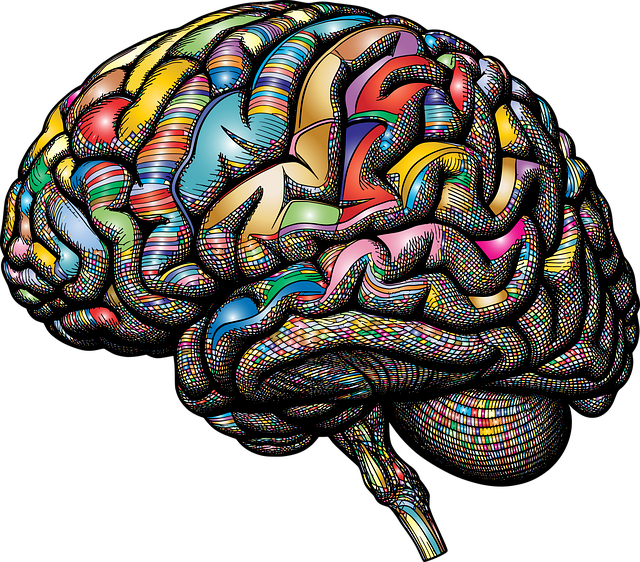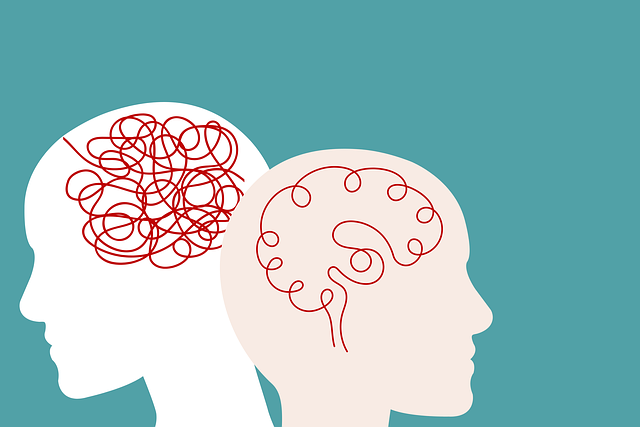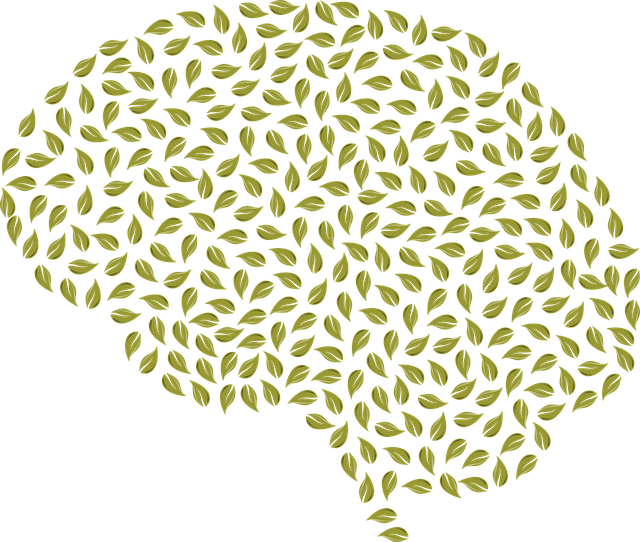Public awareness campaigns leveraging Eye Movement Desensitization and Reprocessing (EMDR) therapy for children are transforming mental health perceptions, reducing stigma, and improving access to treatment. These initiatives educate parents, caregivers, and communities about evidence-based practices like EMDR, empowering them to support child mental well-being. Combining education with actionable steps, such as mindfulness meditation, these campaigns foster environments where children feel supported, enhancing their inner strength and overall development.
Public awareness campaigns play a pivotal role in shaping societal attitudes and behaviors, with significant impacts on various issues. This article explores these campaigns’ essence and power, focusing on mental health advocacy through the lens of the Therapy for Children EMDR Certified Approach. We delve into strategies for effective campaign development, highlighting best practices to maximize reach and engagement. By examining innovative techniques like EMDR therapy, we offer insights that can revolutionize public awareness efforts.
- Understanding Public Awareness Campaigns: Their Role and Impact on Society
- The Therapy for Children EMDR Certified Approach: A Novelty in Mental Health Advocacy
- Developing Effective Campaigns: Strategies and Best Practices for Reach and Engagement
Understanding Public Awareness Campaigns: Their Role and Impact on Society

Public awareness campaigns play a pivotal role in shaping societal attitudes and behaviors, particularly regarding mental health issues. These initiatives are designed to educate, inform, and inspire action among the general public. By leveraging various communication strategies, such as social media, community events, and traditional media outlets, these campaigns can foster a deeper understanding of complex topics like therapy for children, including EMDR (Eye Movement Desensitization and Reprocessing) certified practices. They bridge the gap between professional services and the broader population, making mental health care more accessible and less stigmatized.
In the context of Mental Health Policy Analysis and Advocacy, these campaigns are instrumental in driving policy changes and shaping public discourse. By promoting positive thinking and encouraging open conversations about mental well-being, they can help reduce barriers to seeking therapy and support. This, in turn, can lead to improved mental health outcomes, not just for children but for society as a whole. Effective awareness campaigns leave an indelible impact by empowering individuals to take charge of their mental health journey.
The Therapy for Children EMDR Certified Approach: A Novelty in Mental Health Advocacy

The Therapy for Children EMDR Certified Approach represents a significant advancement in mental health advocacy, particularly within the realm of public awareness campaigns development. This innovative methodology focuses on empowering children through evidence-based techniques, enhancing their inner strength development and overall well-being. By integrating Eye Movement Desensitization and Reprocessing (EMDR) into therapeutic practices, professionals can now offer specialized care tailored to young minds.
In today’s fast-paced world, public awareness campaigns play a pivotal role in promoting self-care practices among children. The EMDR Certified Approach leverages this platform to educate parents, caregivers, and the broader community about the importance of mental health. By highlighting its effectiveness in treating trauma and anxiety, this therapy fosters an environment where children feel heard, understood, and supported. This, in turn, strengthens their ability to cope with challenges and nurtures their inner strength development.
Developing Effective Campaigns: Strategies and Best Practices for Reach and Engagement

Developing effective public awareness campaigns requires a strategic approach to achieve maximum reach and engagement. One powerful tool that has gained significant traction in recent years is Eye Movement Desensitization and Reprocessing (EMDR) therapy, particularly for children. By integrating EMDR-certified practitioners into campaigns aimed at Mental Health Awareness, organizations can deliver impactful messages that address trauma and emotional well-being. This therapeutic approach, combined with storytelling techniques, allows for personal connections, fostering a deeper understanding of mental health issues among diverse audiences.
The key to successful awareness campaigns lies in their ability to impart education while promoting actionable steps towards better mental health practices. Incorporating Mindfulness Meditation techniques as part of these initiatives can enhance overall engagement. By teaching simple yet effective coping skills development through meditation and mindfulness, campaigns empower individuals to take charge of their mental well-being. This not only raises awareness but also provides tangible tools for managing stress, anxiety, and other common mental health challenges.
Public awareness campaigns play a pivotal role in shaping societal attitudes and behaviors. By leveraging strategies from the Therapy for Children EMDR Certified approach, we can create novel, effective initiatives that drive mental health advocacy. Combining innovative tactics with best practices ensures maximum reach and engagement, ultimately leading to positive changes in public understanding and support for crucial causes.










